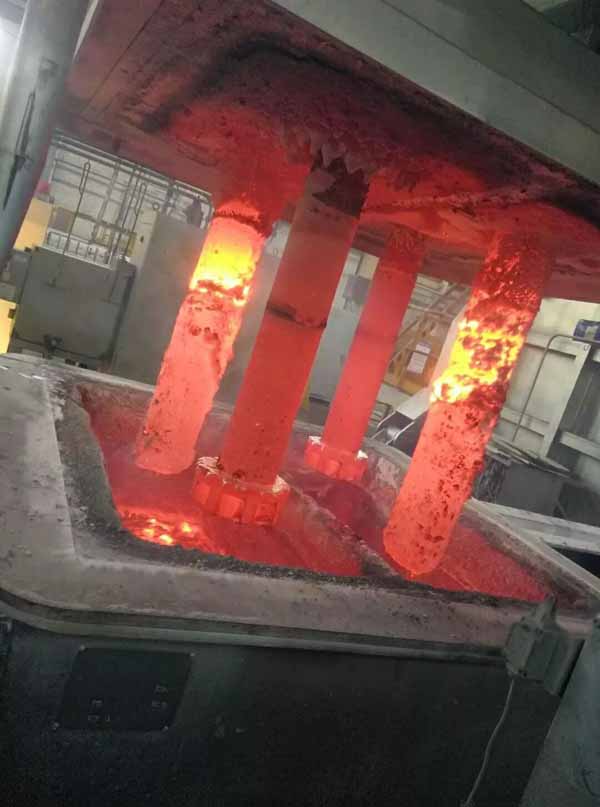
14 2月 Aluminum Degassing Methods
Aluminum Degassing Methods
Aluminum is a metal used often for its relative strength given its light weight. When aluminum is cast, however, impurities known as inclusions can create weak points in the product. There are several causes for these inclusions, but one of the most prevalent is the presence of hydrogen. Hydrogen gas is soluble in liquid aluminum, and it can pass through molten aluminum almost as easily as it passes through air. As the liquid metal cools and hardens, the hydrogen flows from high to low-pressure areas. It coalesces and creates pockets of gas which, when the metal solidifies, become inclusions and weak points. Degassing is a process used to remove hydrogen from the molten aluminum.
How hydrogen is introduced
Hydrogen can be introduced into liquid aluminum through combustion in gas furnaces, condensation on tools, fluxes, and alloy additives. Most commonly, however, hydrogen is introduced into molten aluminum via atmospheric humidity. Dissolution of hydrogen increases with an increase in atmospheric relative humidity.
Degassing Methods
As the demand for higher-quality aluminum products increases, especially in the aerospace industry, so does the need to reduce the occurrence of inclusions in molded products. A popular hydrogen removal method involves introducing bubbled nitrogen gas into the liquid aluminum. The hydrogen is drawn to the nitrogen bubbles, then carried up through the aluminum and released on the surface. Argon is also very effective, but because of the high costs associated with this gas, nitrogen is preferred.
Nitrogen gas is introduced into the molten metal either by way of a static lance or a rotating impeller. The static lance method is less expensive, but also less efficient than a rotating impeller, especially in humid environments.
Degassing Methods-Static lance
The static lance is a pipe that is inserted into a pot of liquid aluminum. Large nitrogen bubbles are released from the end of the lance and travel up through the product. When exposed to humid air, the large bubbles break the surface and attract more moisture that is dissociated into hydrogen and oxygen. The hydrogen then re-dissolves into the aluminum.
Degassing Methods-Rotary impeller
A rotary impeller works by increasing the surface area of the inert gas introduced into the metal. The smaller nitrogen bubbles created by the impeller process have a much greater overall surface area and collect more of the hydrogen. The lower surface disturbance of the smaller bubbles also allows for less hydrogen to be recaptured in the metal from the humidity in the atmosphere.
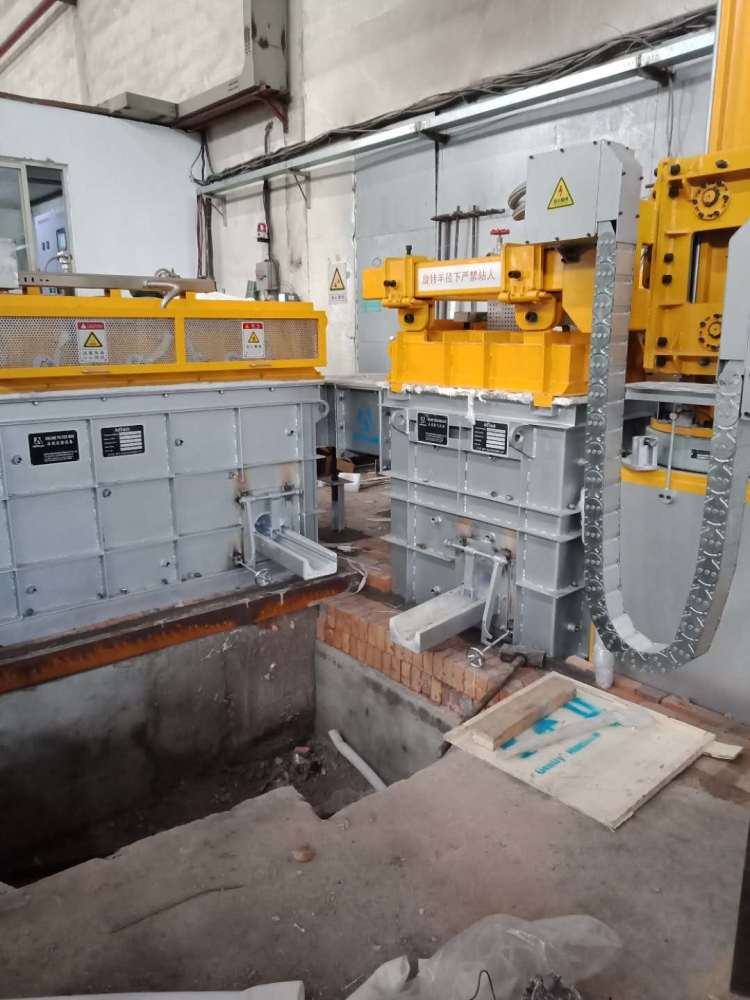

Adtech Degassing Methods – In line Degassing Unit – sales@adtechamm.com
It is mainly used for the hydrogen (H) and slag removal from molten aluminum.
It takes the gas flotation principle. The rotor takes inert gas or a mixture of chlorine and inert gas into molten aluminum and smashes the gas into dispersed tiny bubbles, the bubbles rise to the molten aluminum surface and finish the below-stated procedures at the same time:
H is being absorbed in bubbles and is being removed.
The chloride is removed (formed by chemical action with alkali metal and chlorine gas).
Remove slags.
Adtech Degassing Methods Instruction
Switch off the heating unit after degassing box heating is completed. Guide inert gas into the rotor and release molten aluminum into the box when the heater temperature is close to the molten aluminum temperature.
Check the sealing between the inlet/outlet and launder.
Check the cone located in heat protection draining in the bottom.
Check the molten aluminum temperature (min 720°C). Make the height of molten aluminum away from the launder bottom at 3cm to observe the molten aluminum going into the box.
The operator shall wear protective clothes to close the cover. The slag on the surface can be skimmed through the deslagging outlet when the molten aluminum flows into the box.
Start production when the temperature is up to 780°C. Close deslagging outlet for heating preservation.
Molten aluminum can be retained in the box with a setting temperature during the heat preservation phase but with no molten aluminum handling.
Guide inert gases into the rotor to prevent air outlet blocking by molten aluminum.
Switch on the heater as soon as molten aluminum flows into the box and set heat preservation parameters.
Starting the heating system, controlling the temperature of the molten aluminum, and monitoring the gas flow rate, the speed of the rotor is changed from the heat preservation stage to the processing stage. At the same time, the inert gas flow into the rotor increases, and the gas flow rate is changed from the preservation stage to the processing stage.
The operator sets the molten aluminum heating temperature and maintains a stable degassing working condition.
Online degassing unit service life:
Lining≥2years;
The whole unit except wearing parts≥5 years.


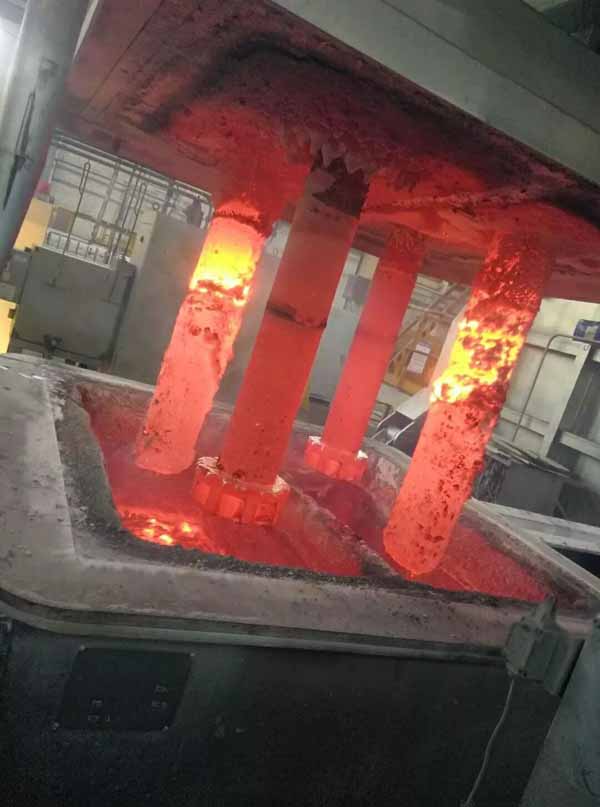
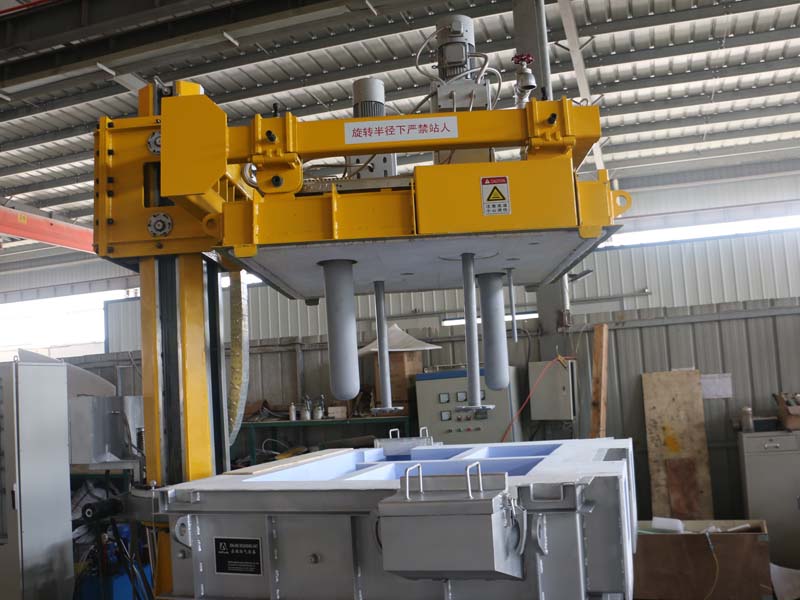
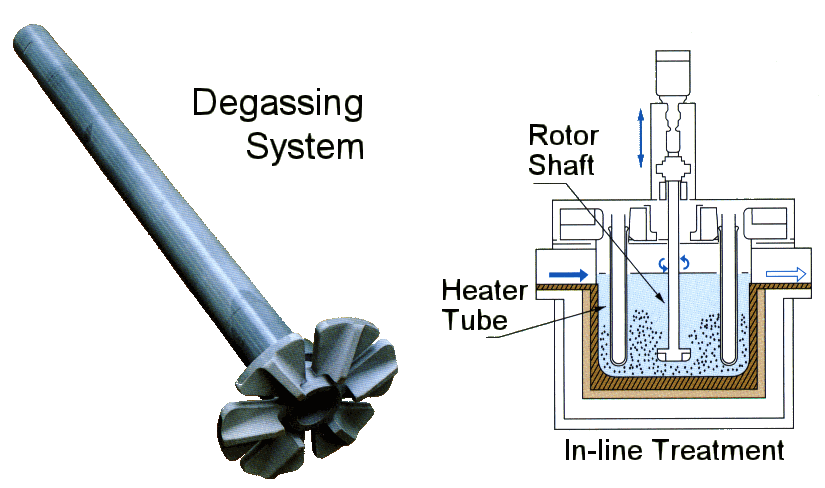
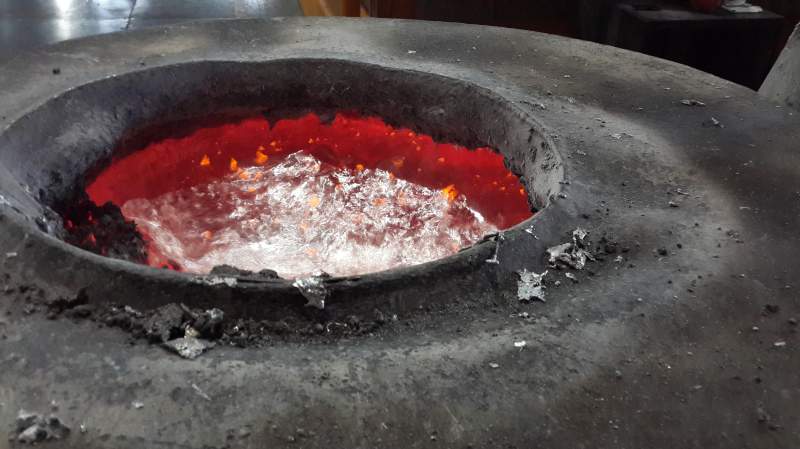
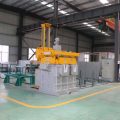

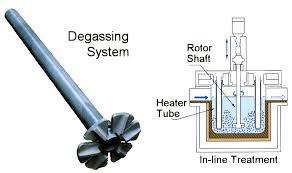
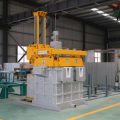
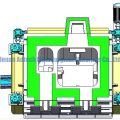
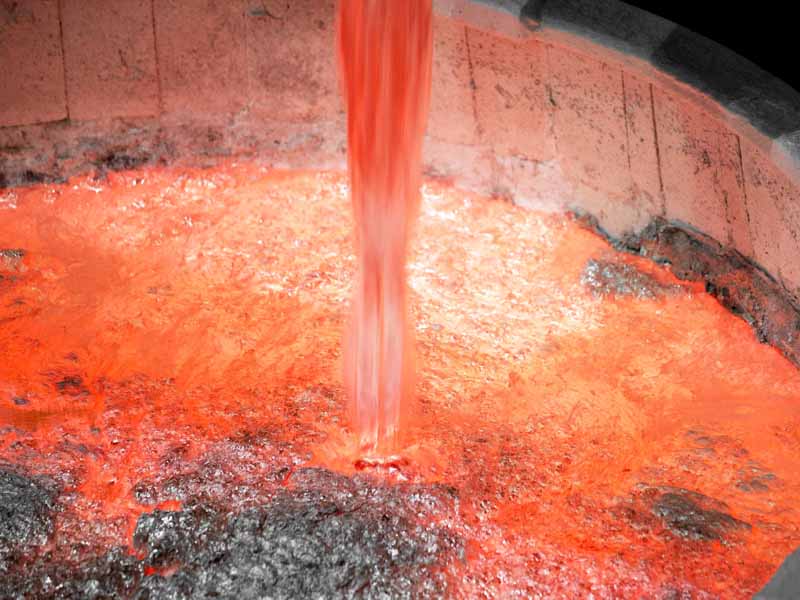
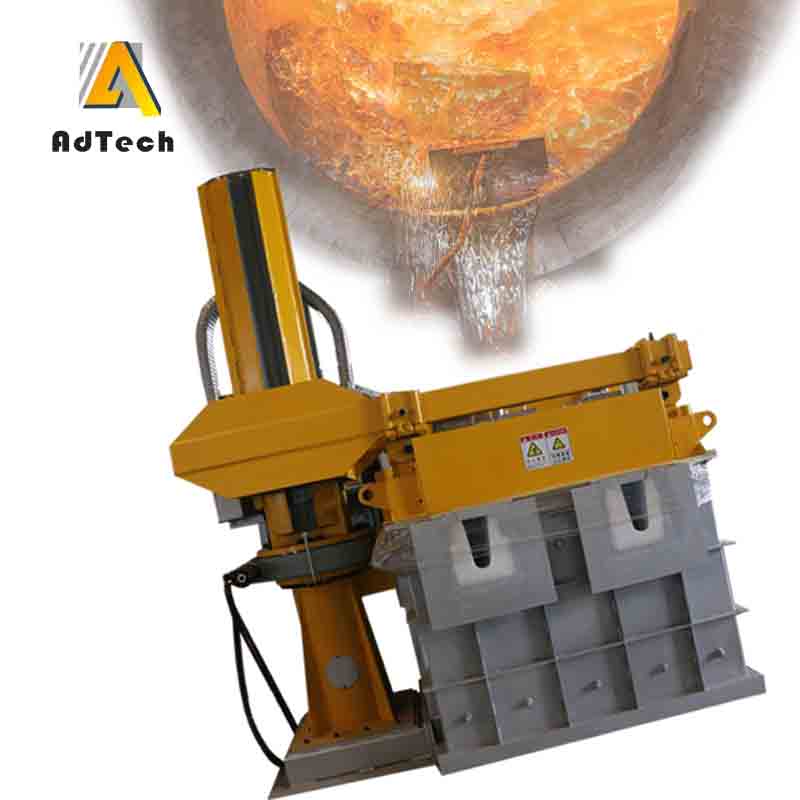
No Comments